Transitioning a pet’s food using a gradual or a cold turkey approach depends on the individual animal and their specific needs. Select a method below to determine the best route for your pet.
Day 1 – 3
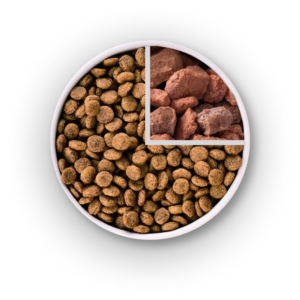 Feed 25% Steve’s and 75% old food
Feed 25% Steve’s and 75% old food |
Day 4 – 6
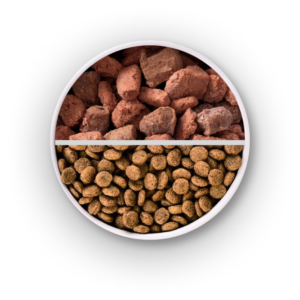 Feed 50% Steve’s and 50% old food
Feed 50% Steve’s and 50% old food |
Day 7 – 9
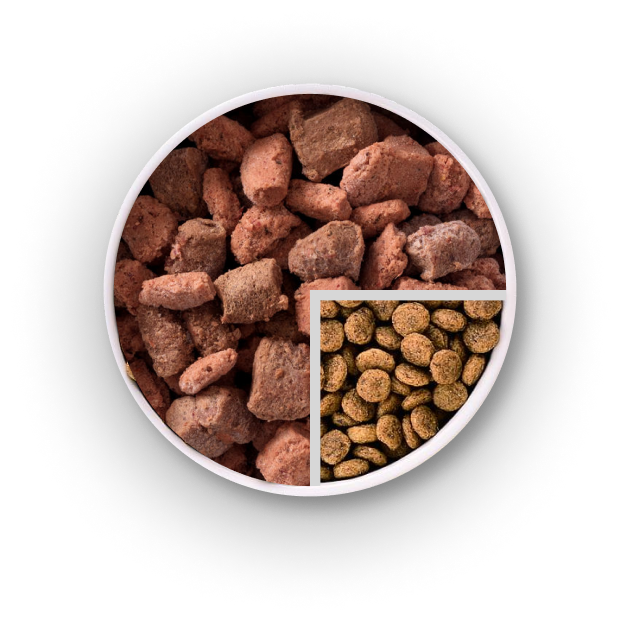 Feed 75% Steve’s and 25% old food
Feed 75% Steve’s and 25% old food |
Day 10+
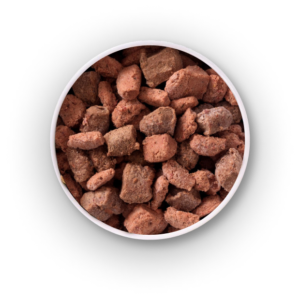 Feed 100% Steve’s 🎉
Feed 100% Steve’s 🎉 |
Ideal for:
Healthy Dogs and Puppies/Kittens: healthy, young pets generally have resilient digestive systems and can adapt quickly to changes in their diet. Cold turkey transitions may suit them, especially if no signs of gastrointestinal sensitivity or pre-existing health issues exist.
Pets Not Doing Well on Current Diet: If your pet isn’t tolerating the food he is eating now or refusing it altogether, there is no sense in continuing to try to feed it.
Instant Transitioning ScheduleSwitching to raw pet food in 1 day by fasting your pet, and then replacing your pet’s current food with 100% Steve’s Real Food.
|
If you are transitioning your cat or dog for the first time, here are some tips and tricks to help eliminate tummy upset or convince a picky eater.
We always recommend a rotational feeding, but it’s best to start with a protein that you know your pet does well on. If you are currently feeding a beef-based diet your pet likes, start with our beef diet. Once your pet eats raw consistently, we recommend trying new proteins when you restock on food to provide a well-rounded diet.
Top their Steve’s meal with something that gets them excited such as a freeze-dried treat, a raw egg, fish oil, cottage cheese, crushed anchovies in water, raw goat milk, bone broth, etc. We have even seen success with cat parents crumbling some freeze-dried raw cat food over their cats’ current diet to get their kitty to try it.
Protein Bites are our freeze-dried, fermented treats for dogs and cats, and they’re packed with prebiotics, probiotics, and postbiotics to support gut health. You could also try something like raw goat milk or kefir.
A human’s attitude helps! Stay positive and encourage your pet so they know the new food is a good thing. Transitioning to a raw diet may take time, and it’s normal for pets to be cautious at first. Be patient, persistent, and willing to adapt based on your pet’s preferences and comfort level.
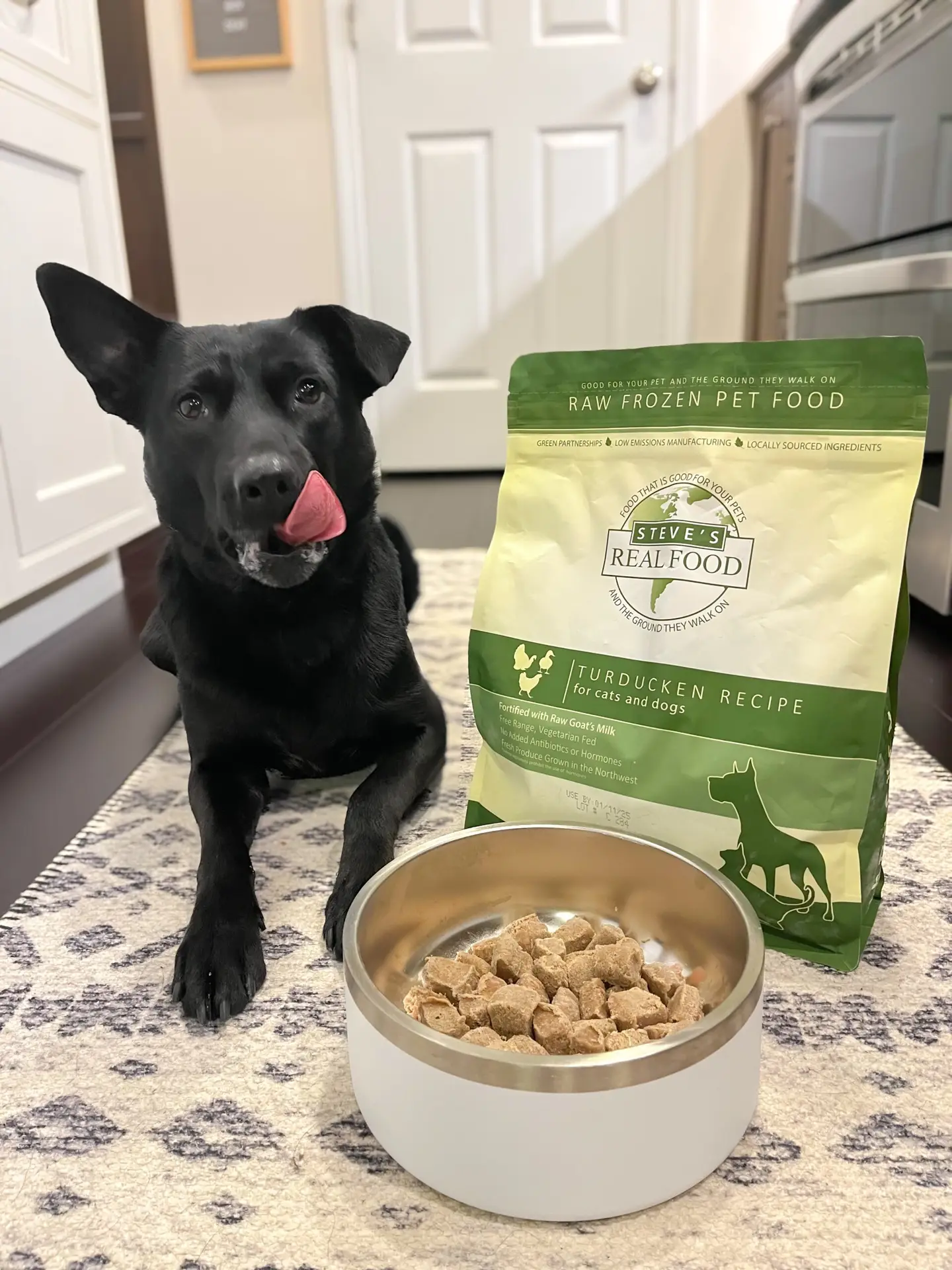


Steve's Real Food
2034 E. Fort Union Blvd
Cottonwood Heights, UT 84121
United States
Call or Text: 801-432-7478